Benin travel tips
Benin travel tips: West African nation, rich history, vibrant culture, diverse landscapes, from sandy beaches to dense forests, known for traditional art.
Regions 🌎
Benin travel tips. Here is a list of all the regions of the Benin.

Alibori

Atacora

Atlantique

Borgou

Collines

Donga
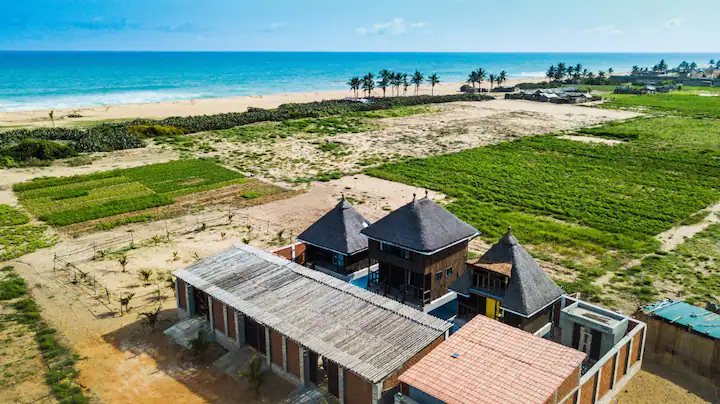
Kouffo

Littoral

Mono

Ouémé

Plateau
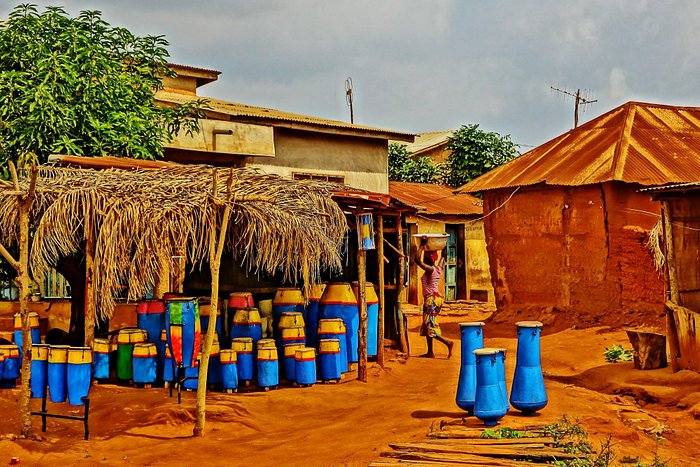
Zou
Before you go 🛩
Important information you should know before your trip
Info
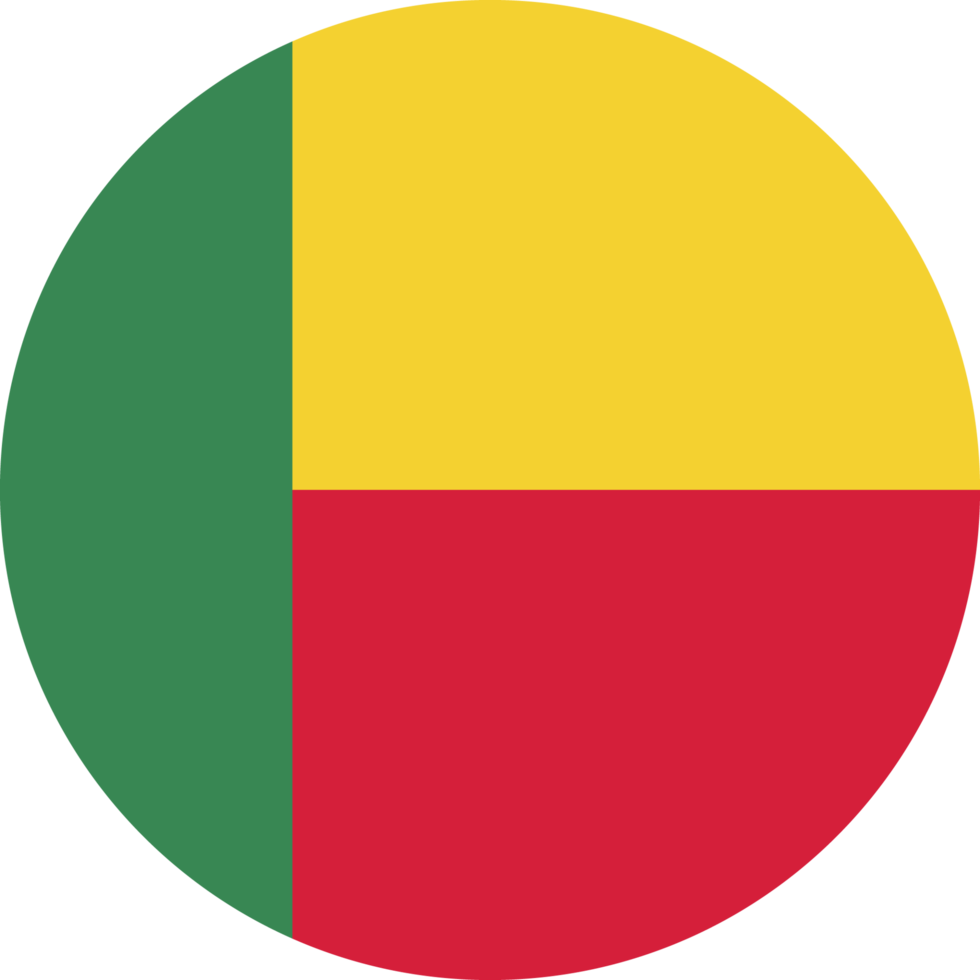
Capital | Porto-Novo
Flag Codes:
ISO alpha-2 BJ,
ISO alpha-3 BEN
Currency
Badge | CFA franc
CODE | XOF
NUMBER | 952
SYMBOL | Fr
FRACTION | penny
Mobile Coverage
Dialing Code | +229
SIM Card
Coverage | 3G / 4G / 5G |
Mobile Networks | Celtiis Mobile | MOOV Africa Mobile | MTN Mobile |

Location
Benin is a country located in West Africa. It is situated in the Gulf of Guinea, bordered by several countries in the region.
Benin’s geographic coordinates place it between approximately 6 degrees north latitude and 12 degrees north latitude, and between approximately 0 degrees east longitude and 4 degrees east longitude.
The country has a diverse landscape that includes coastal areas along the Atlantic Ocean, savannas, plateaus, and forested regions. The capital city of Benin is Porto-Novo, and its largest city is Cotonou, which serves as the country’s economic and administrative center.
Currency
The official currency of Benin is the West African CFA franc, abbreviated as XOF. It is one of the currencies used by several countries in West and Central Africa, all of which are part of the West African Economic and Monetary Union (WAEMU).
The West African CFA franc is pegged to the euro and has a fixed exchange rate with the euro. It is issued by the Central Bank of West African States (BCEAO) and is widely used for everyday transactions, trade, and financial activities in Benin.
Languages
Benin is a linguistically diverse country with many languages spoken throughout the country. However, the official language and lingua franca of Benin is French. French is used in government, education, media, and business, making it an important language for communication and administration.
In addition to French, there are several indigenous languages spoken by various ethnic groups in Benin. Some of the major indigenous languages include:
Fon: Fon is one of the largest ethnic groups in Benin, and their language, Fon, is widely spoken in the southern part of the country, particularly in and around the city of Cotonou.
Yoruba: Yoruba is spoken by the Yoruba ethnic group, primarily in the southeastern part of Benin and in neighboring Nigeria.
Bariba: Bariba is spoken by the Bariba ethnic group, mainly in the northern regions of Benin.
Fula (Fulfulde): The Fula language, also known as Fulfulde, is spoken by the Fulani ethnic group, primarily in northern Benin and other West African countries.
Mina: Mina is spoken by the Mina ethnic group along the southern coast of Benin.
Goun: Goun is spoken by the Goun ethnic group in the southern part of the country.
Dendi: Dendi is spoken in the northern regions of Benin, particularly in the area around the city of Parakou.
Watchi: Watchi is spoken in the Mono River region of southern Benin.
Climate 🌡
Benin experiences a variety of climate zones due to its diverse geography, ranging from coastal areas along the Atlantic Ocean to savannas and plateaus further inland. The climate in Benin can be broadly categorized into two main seasons: the rainy season and the dry season. Here’s an overview of the climate in Benin:
Tropical Climate:
Benin has a tropical climate, which is characterized by high temperatures and high humidity throughout the year.
Rainy Season:
The rainy season in Benin typically occurs from May to October. During this period, the country receives the majority of its annual rainfall. The southern and coastal regions experience the heaviest rainfall, with precipitation decreasing as one moves northward.
Coastal Climate:
Coastal areas of Benin, including cities like Cotonou and Porto-Novo, have a tropical wet and dry climate. They experience relatively high humidity and receive significant rainfall during the rainy season. Temperatures are warm to hot year-round.
Savanna Climate:
Inland regions, especially in the central and northern parts of the country, have a savanna climate with distinct wet and dry seasons. These areas receive less rainfall compared to the coastal regions and experience more pronounced temperature variations between the seasons.
Dry Season:
The dry season typically occurs from November to April. During this time, the country experiences lower humidity levels, and rainfall is minimal or nonexistent in many areas. This season is characterized by hot daytime temperatures and cooler nights.
Harmattan:
In the northern regions of Benin, the Harmattan wind, a dry and dusty trade wind from the Sahara Desert, can bring dry and dusty conditions during the dry season, causing a drop in visibility.
Temperature Variation:
Benin’s temperatures can vary significantly depending on the season and location. Coastal areas have a more moderated temperature range, while inland areas can experience hotter daytime temperatures during the dry season.
Climate Variability:
Climate conditions in Benin can be influenced by factors such as the El Niño and La Niña phenomena, which can lead to irregular weather patterns, including periods of drought and heavy rainfall.
Benin travel tips
If you’re planning a trip to Benin, here are some travel tips to enhance your experience:
Visa Requirements:
Check visa requirements before traveling to Benin and ensure your documents are in order.
Cultural Respect:
Respect local customs and traditions; dress modestly, especially in rural areas, and ask before taking photos.
Weather Consideration:
Benin has a tropical climate; pack lightweight, breathable clothing and sunscreen.
Health Precautions:
Get vaccinations and take malaria prophylaxis; carry necessary medications and drink bottled water.
Transportation:
Use reliable transportation options; negotiate taxi fares in advance and use reputable car rental services. View Guide.
Cultural Sites:
Visit historical sites like the Royal Palaces of Abomey and the Ouidah Museum of History.
Festivals:
Plan your visit around local festivals like the Voodoo Festival in Ouidah for a unique cultural experience.
Enjoy your time in Benin!

The best of the best
Benin, located in West Africa, has a rich and diverse culinary tradition that features a wide range of ingredients and flavors. Traditional Beninese cuisine reflects the country’s cultural diversity, with influences from various ethnic groups.
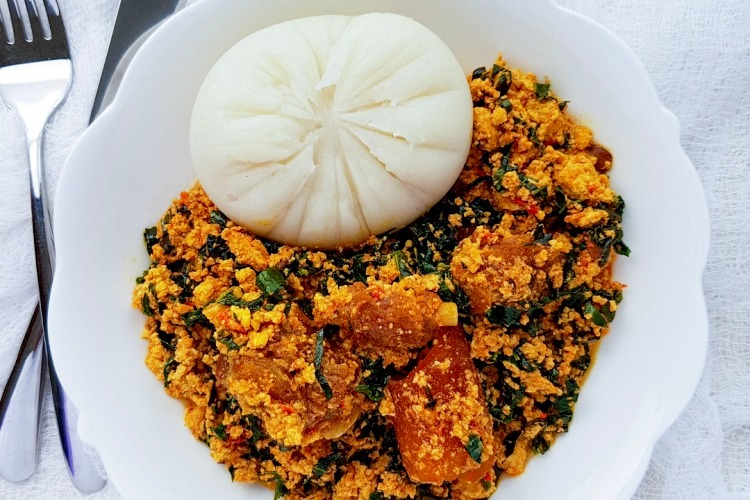
Pounded Yam and Egusi Soup
Pounded yam is a staple food in Benin, and it’s often served with a thick and hearty soup made from egusi (ground melon seeds), vegetables, and sometimes meat or fish.
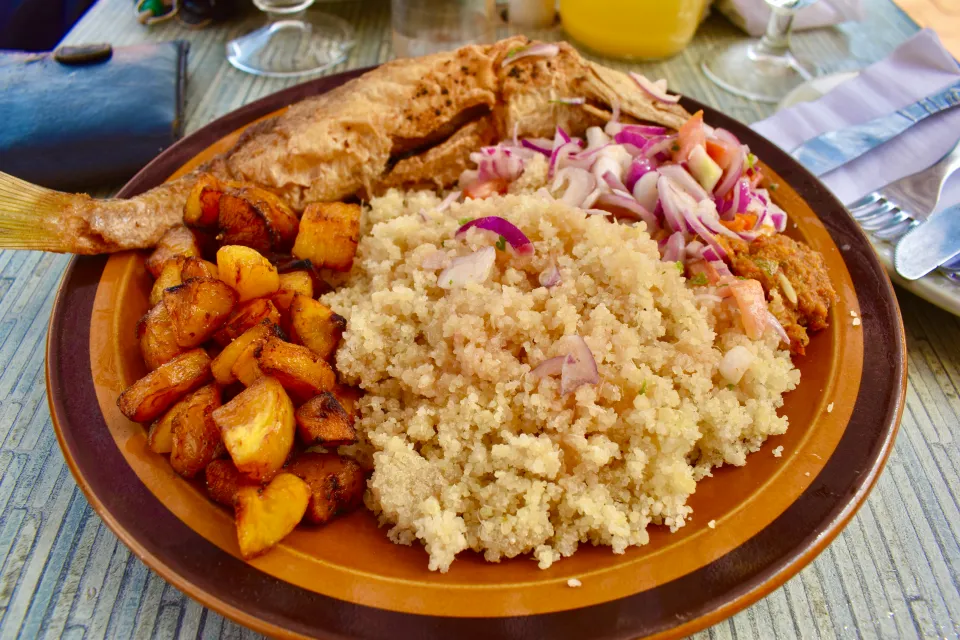
Attiéké
Attiéké is a fermented cassava couscous that is a common side dish in Benin. It is often served with grilled fish or meat, as well as spicy sauces.

Kuli-Kuli
Kuli-Kuli is a popular Beninese snack made from groundnuts (peanuts) that are roasted, ground, and mixed with spices. The mixture is formed into small, crunchy balls.
Here are some typical foods and dishes commonly enjoyed in Benin:
Fufu and Soup: Fufu is a dough-like food made from cassava, yam, or plantains. It is typically served with a variety of soups, such as okra soup, peanut soup, or spinach soup. These soups can include ingredients like vegetables, palm fruits, and spices.
Jollof Rice: Jollof rice is a popular and flavorful dish made with rice cooked in a tomato-based sauce with spices, vegetables, and often meat or fish. It’s a favorite in West African countries, including Benin.
Akpan: Akpan is a traditional Beninese dish made from fermented maize or corn. It is similar to a porridge and is often served as a breakfast or snack.
Pâte: Pâte is a thick and sticky dough made from maize, millet, or sorghum. It is commonly eaten with various sauces and stews.
Grilled or Fried Fish: Benin’s coastal location provides access to fresh seafood, and grilled or fried fish is a popular and delicious option, often seasoned with spices and herbs.
Suya: While not originally Beninese, suya is a popular street food in Benin. It consists of skewered and grilled meat, often served with a spicy peanut sauce.
Gari: Gari is a type of granulated cassava that can be used as a side dish or as a base for various stews and sauces.
Palm Nut Soup: Palm nut soup is a rich and creamy soup made from palm fruit extract, often combined with vegetables, meat, or fish.
Beninese food is known for its use of fresh ingredients, aromatic spices, and a variety of cooking techniques that create a unique and satisfying culinary experience.
Transportation 🚥
More information about this country
Choose your destination 📍🗺
Useful Links ✅



